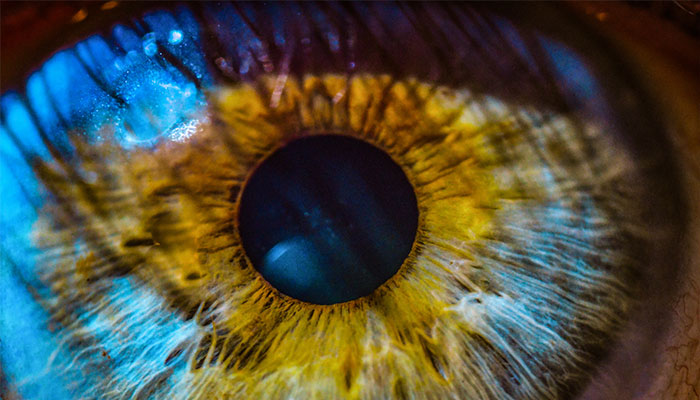New research published in The Medical Journal of Australia today by Macquarie University researchers and their collaborators has found inherited retinal diseases (IRDs) cost Australia $781 million - $1.56 billion annually. This finding could help policy makers secure funding for life-changing gene therapies for people living with IRDs.

Clear view: it is now known for the first time that it costs $5.2 million per person in societal and health care costs over a lifetime for people suffering inherited retinal diseases in Australia.
Inherited retinal diseases are a broad group of genetic eye disorders characterised by retinal dysfunction and degeneration, often leading to progressive vision loss and blindness. These eye conditions affect about one in 1000 people and are now the leading cause of blindness in working age adults.
The new research puts the individual costs in plain sight, finding a lifetime cost of $5.2 million per person with an IRD, of which 87 per cent were societal costs such as National Disability Insurance Scheme (NDIS) support, income and welfare support, school adjustments, and supported independent living; and 13 per cent were health care costs which includes prescriptions, allied health services and inpatient care.
Understanding the scale of the cost of inherited retinal diseases is important evidence to support funding for therapies that can improve the lives of Australians who live with them.
Professor Deborah Schofield, the Director of the Centre for Economic Impacts of Genomic Medicine (GenIMPACT) at Macquarie University, led a team of researchers from Macquarie Business School, with Professor Robyn Jamieson, Head of the Eye Genetics Research Unit at the Children's Medical Research Institute at SCHN, Westmead, and Professor of Genomic Medicine at the University of Sydney; and Professor John Grigg Head of Ophthalmology from the Save Sight Institute at the University of Sydney.
“It is known that inherited retinal diseases have significant cost implications, both for people with these disorders and for their families. Despite this, comprehensive information about the costs of IRDs from patients diagnosed as having the disorder has never been published in Australia,” says Professor Schofield.
Hope for gene therapies
“Using economic modelling on data from a clinical cohort of IRD patients, we can estimate the overall lifetime cost of a person with an IRD. The most surprising findings were that societal costs turned out to be much higher than health costs."
The results also show the annual costs were twice as high for people who were legally blind as for those with less impaired vision.
- COVID-19 could cause long-term neuron damage: new study
- Please explain: Do sleep apps work to help with insomnia?
“This research is significant because medical professionals often place emphasis on calculating health costs but fail to consider the wider societal costs, which until now were not really known.
"To assess the cost-effectiveness of IRD treatments, including genomic testing and gene therapies, we need to look at the whole economic picture.
"Understanding the scale of the cost of IRDs is important evidence to support funding for therapies that can improve the lives of Australians who live with them.”
Professor Deborah Schofield is the inaugural Director of GenIMPACT, the Centre for Economic Impacts of Genomic Medicine in the Macquarie Business School.



